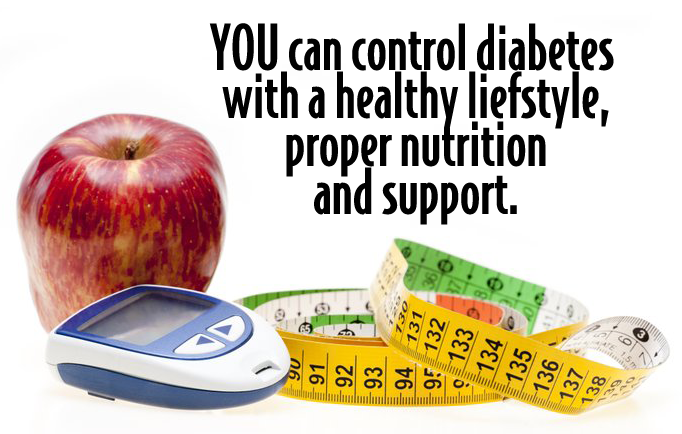Rethink your Drink: Its about time......
Over
nearly the past 30 years, children and adults
have dramatically increased their consumption of sugar-sweetened
beverages (SSBs), including soda, fruit drinks and punches, coffee, tea and
sports drinks. Such consumption has been linked to less healthy diets and a
number of other negative health consequences.
The
calories in sugar sweetened beverages can contribute to weight gain and provide
little to no nutritional value. Sugar-sweetened beverages do not fill you up
the same way that food does. Those extra calories can lead to other health
risks including obesity, tooth decay, heart disease and type 2 diabetes.
To
help you understand better look at the following graphics
Sugar by Any Other Name: How To Tell
Whether Your Drink Is Sweetened
Sweeteners that add calories
to a beverage go by many different names and are not always obvious to anyone
looking at the ingredients list. Some common caloric sweeteners are listed
below. If these appear in the ingredients list of your favorite beverage, you
are drinking a sugar-sweetened beverage.
- High-fructose corn syrup
- Fructose
- Fruit juice concentrates
- Honey
- Sugar
- Syrup
- Corn syrup
- Sucrose
- Dextrose
High-Calorie Culprits in Unexpected Places
Coffee drinks and blended
fruit smoothies sound innocent enough, but the calories in some of your
favorite coffee-shop or smoothie-stand items may surprise you. Check the Web
site or in-store nutrition information of your favorite coffee or smoothie shop
to find out how many calories are in different menu items. And when a smoothie
or coffee craving kicks in, here are some tips to help minimize the caloric
damage:
At the coffee shop:
Request that your drink be
made with fat-free or low-fat milk instead of whole milk
Order the smallest size
available.
Forgo the extra flavoring –
the flavor syrups used in coffee shops, like vanilla or hazelnut, are
sugar-sweetened and will add calories to your drink.
Skip the Whip. The whipped
cream on top of coffee drinks adds calories and fat.
Get back to basics. Order a
plain cup of coffee with fat-free milk and artificial sweetener, or drink it
black.
At the smoothie place:
Order a child's size if
available.
Ask to see the nutrition
information for each type of smoothie and pick the smoothie with the fewest
calories.
Hold the sugar. Many
smoothies contain added sugar in addition to the sugar naturally in fruit,
juice, or yogurt. Ask that your smoothie be prepared without added sugar: the
fruit is naturally sweet.
Better Beverage Choices Made Easy
Now that you know how much
difference a drink can make, here are some ways to make smart beverage choices:
Choose water, diet, or
low-calorie beverages instead of sugar-sweetened beverages.
For a quick, easy, and
inexpensive thirst-quencher, carry a water bottle and refill it throughout the
day.
- Don't "stock the fridge" with sugar-sweetened beverages. Instead, keep a jug or bottles of cold water in the fridge.
- Serve water with meals.
- Make water more exciting by adding slices of lemon, lime, cucumber, or watermelon, or drink sparkling water.
- Add a splash of 100% juice to plain sparkling water for a refreshing, low-calorie drink.
- When you do opt for a sugar-sweetened beverage, go for the small size. Some companies are now selling 8-oz. cans and bottles of soda, which contain about 100 calories.
- Be a role model for your friends and family by choosing healthy, low-calorie beverages.
Bottom Line:
- There are 16-18 teaspoons of sugar in a 20 oz. sugar-sweetened beverage.
- Drinking sports and Energy drinks can lead to obesity, heart disease and diabetes.
- Drinking one sugar-sweetened beverage a day can equal an extra 25 pounds of weight per year.
- Sugar-loaded beverages are the single major source of added sugar consumed by the average person
- Water is zero calories, hydrating, healthy and good for your body
- Think before you Drink!!!





















